Kenya’s Ascent to Middle-Income Nationhood: Bridging the Regional Investment Gap Through Strategic Capital Mobilization, Institutional Credibility, and Global Integration
The Imperative of Capital Convergence: Why Kenya Must Lead Africa’s Investment Renaissance
Kenya stands at a historic inflection point—not merely as a regional economic hub, but as a nation poised to redefine its developmental trajectory through deliberate capital architecture. The persistent regional investment gap—measured not only in fiscal shortfalls but in institutional inertia, infrastructural fragmentation, and underdeveloped risk-adjusted return frameworks—has long constrained our potential. Yet this gap is not an indictment of Kenya’s promise; rather, it is a clarion call for strategic recalibration. To ascend meaningfully into middle-income status by 2030, Kenya must transcend reactive policy and embrace proactive capital orchestration—mobilizing domestic savings with global sophistication, aligning regulatory ecosystems with international investor expectations, and embedding financial innovation within national development strategy.
Domestic Capital Deepening: Unlocking the Latent Power of Kenyan Households and Institutions
The foundational pillar of Kenya’s investment renaissance lies in deepening domestic capital markets. Despite robust household savings rates and growing pension fund assets, these resources remain largely underutilized or misallocated toward low-yield, illiquid instruments. A structural transformation is required: we must incentivize institutional investors—pension funds, insurance companies, and sovereign wealth vehicles—to allocate capital toward productive, long-term infrastructure and industrial projects through tax-efficient conduits, securitization mechanisms, and blended finance structures. Simultaneously, retail participation must be democratized via accessible, digitized platforms that convert micro-savings into scalable equity and debt instruments tied to national development corridors. This is not merely about financial inclusion—it is about converting social capital into economic momentum.
Global Capital Attraction: Positioning Kenya as a High-Integrity, High-Return Jurisdiction
To attract global capital, Kenya must move beyond rhetoric of “investment readiness” and deliver demonstrable governance excellence, legal predictability, and macroeconomic stability. International investors operate on risk-adjusted return matrices; Kenya must systematically reduce political, regulatory, and currency volatility through transparent fiscal frameworks, independent monetary policy execution, and enforceable contract law. Our ambition must be to become the preferred gateway for frontier market exposure in East Africa—not by lowering standards, but by elevating them. This includes adopting international best practices in ESG disclosures, anti-corruption compliance, and dispute resolution mechanisms. The Nairobi International Financial Centre (NIFC) initiative must evolve from aspirational branding into a fully operational, globally benchmarked financial ecosystem that rivals Mauritius or Rwanda in efficiency and integrity.
Infrastructure as Investment Catalyst: From Physical Connectivity to Capital Multipliers
The regional investment gap is most visibly manifested in infrastructure deficits—but infrastructure must be reconceived not as a cost center, but as a capital multiplier. Kenya’s Standard Gauge Railway, Lamu Port-South Sudan-Ethiopia Transport Corridor (LAPSSET), and renewable energy expansion are not just public works—they are asset classes ripe for private participation. We must develop bankable project pipelines through rigorous feasibility modeling, sovereign guarantees where appropriate, and structured public-private partnerships that share risk without compromising public interest. Crucially, infrastructure must be linked to value chains: ports must connect to agro-processing zones, power grids to manufacturing clusters, digital highways to fintech innovation hubs. Only then does infrastructure cease to be a burden and become a magnet for capital.
Human Capital as Return Multiplier: Investing in Skills, Innovation, and Entrepreneurial Resilience
No amount of physical capital can compensate for human capital deficits. Kenya’s youth bulge is not a demographic challenge—it is a competitive advantage waiting to be monetized. We must align education curricula with labor market demands, particularly in STEM, green technology, and financial services. Venture capital ecosystems must mature beyond seed-stage funding to support scale-ups with access to growth equity, mezzanine financing, and exit pathways via regional stock exchanges. Incubators and accelerators must be embedded within university-industry innovation clusters, with incentives for R&D commercialization. Human capital investment is not peripheral—it is the core engine of sustainable returns, reducing dependency on foreign technical expertise and fostering indigenous innovation capacity.
Monetary Policy and Exchange Rate Stability: Anchoring Investor Confidence Through Credible Commitments
Investor confidence hinges on macroeconomic credibility. Kenya’s Central Bank must transition from reactive inflation targeting to forward-looking, rules-based monetary policy anchored in credible commitment devices. Currency volatility remains a primary deterrent to long-term foreign direct investment; therefore, prudent foreign exchange reserve management, sterilized interventions, and gradual liberalization of capital accounts must be pursued in tandem with fiscal discipline. The adoption of inflation-indexed bonds, local currency-denominated infrastructure bonds, and hedging instruments will further de-risk exposure for global investors while deepening domestic debt markets. Monetary credibility is not a technical exercise—it is a signal of national resolve.
Regulatory Harmonization: Creating a Seamless Investment Landscape Across East Africa
Kenya cannot achieve middle-income status in isolation. The regional investment gap extends beyond borders—into fragmented regulatory regimes, non-tariff barriers, and inconsistent customs procedures across the East African Community (EAC). Kenya must lead the charge in harmonizing business registration, tax codes, labor laws, and environmental standards to create a single, frictionless investment jurisdiction. The EAC Customs Union and Common Market protocols must be operationalized with urgency, supported by digital trade facilitation platforms and cross-border dispute settlement mechanisms. Regional integration is not altruism—it is economic self-interest. A unified EAC market of over 300 million consumers represents one of the world’s most compelling investment propositions—if we have the courage to make it real.
Sovereign Wealth and Strategic Equity: Building National Capacity Through State-Led Capital Deployment
Kenya must establish a sovereign wealth fund modeled on global best practices—not as a vehicle for political patronage, but as a disciplined allocator of national capital toward high-impact, long-term assets. This fund should invest in strategic sectors such as renewable energy, critical minerals, digital infrastructure, and food security systems, while also serving as a counter-cyclical stabilizer during global downturns. Crucially, transparency, independent governance, and performance benchmarks must be enshrined in statute. Sovereign wealth is not about hoarding—it is about stewardship. It transforms resource rents into generational wealth and positions Kenya as a net exporter of capital, not just a recipient.
Digital Finance and Fintech Integration: Leveraging Technology to Bridge Capital Gaps
Kenya’s fintech revolution—anchored in M-Pesa and mobile money—is a global anomaly. But we must now leverage this digital infrastructure to deepen capital markets. Blockchain-enabled securities trading, AI-driven credit scoring for SMEs, tokenized real estate investment trusts, and decentralized finance protocols can unlock trillions in dormant household savings and channel them into productive enterprise. Regulatory sandboxes must be expanded, not restricted, to allow controlled experimentation with novel financial instruments. Digital finance is not a luxury—it is the new frontier of capital mobilization, allowing Kenya to leapfrog traditional intermediaries and connect investors directly with opportunities.
Climate Finance and Green Transition: Aligning Investment with Planetary Realities
As climate vulnerability intensifies, Kenya must position itself as Africa’s green finance leader. This means structuring green bonds, carbon credit markets, and climate-resilient infrastructure projects that meet international certification standards. The government must create fiscal incentives for clean energy deployment, sustainable agriculture, and circular economy ventures. International climate funds—from the Green Climate Fund to private impact investors—are seeking scalable, bankable projects in emerging markets. Kenya’s abundant geothermal, solar, and wind resources offer unparalleled opportunities—if we package them with credible governance, transparent accounting, and measurable impact metrics.
Institutional Integrity and Anti-Corruption Architecture: The Non-Negotiable Foundation of Trust
No amount of policy reform can substitute for institutional integrity. Corruption remains the silent killer of investment—eroding returns, distorting allocation, and deterring global capital. Kenya must institutionalize zero-tolerance frameworks through independent anti-corruption commissions with prosecutorial teeth, increasing mandatory asset declarations for public officials, and whistleblower protections backed by law. Public procurement must be digitized end-to-end, with open data portals and third-party audits. Transparency is not optional—it is the bedrock upon which all other reforms rest. Investors do not flee risk; they flee unpredictability. Predictability is born of integrity.
Tax Policy Reform: Incentivizing Productive Investment Without Sacrificing Fiscal Sustainability
Kenya’s tax regime must evolve from revenue extraction to strategic capital attraction. This requires simplifying compliance, broadening the base, and offering targeted incentives for high-value-added industries, export-oriented enterprises, and job-creating SMEs. Withholding taxes on dividends and interest must be reduced or eliminated for qualifying foreign investors. Transfer pricing regulations must be aligned with OECD guidelines to avoid double taxation. Most importantly, tax policy must be predictable—no retroactive changes, no arbitrary interpretations. Fiscal sustainability must be maintained through expenditure rationalization, not revenue maximization alone. A stable, fair, and efficient tax system is the ultimate signal of economic maturity.
Diaspora Engagement: Tapping Into the Global Kenyan Network as a Capital Force
The Kenyan diaspora is not merely a source of remittances—it is a reservoir of entrepreneurial talent, professional expertise, and investment capital. We must create formal channels for diaspora engagement: dual citizenship options, diaspora bonds with preferential yields, dedicated investment desks within the Kenya Investment Authority, and co-investment platforms linking diaspora networks with domestic startups. Diaspora capital carries lower risk perception because of cultural affinity and social accountability. It is not charity—it is strategic partnership. By harnessing this network, Kenya can turn migration into a catalyst for capital formation.
Strategic Communication and Branding: Crafting a Narrative That Attracts Capital, Not Just Attention
Investors respond to narratives as much as numbers. Kenya must articulate a coherent, compelling, and consistent story of economic transformation—one that speaks to resilience, innovation, and opportunity. This requires a coordinated national branding strategy led by the Presidency, Ministry of Investments, and private sector partners. Thought leadership content, investor roadshows, data-rich dashboards, and success stories must be disseminated globally through diplomatic channels, financial media, and digital platforms. Perception shapes reality; we must ensure that Kenya’s brand reflects its ambition, not its past.
The Path Forward Is Not Linear—It Is Systemic
Bridging Kenya’s regional investment gap is not a matter of attracting more dollars—it is about building a holistic, integrated capital ecosystem that converts ambition into tangible outcomes. It requires aligning domestic institutions with global standards, leveraging technology to overcome structural constraints, and embedding integrity into every layer of economic governance. Kenya’s journey to middle-income status will not be defined by GDP per capita alone, but by the depth of its capital markets, the resilience of its institutions, and the inclusivity of its growth model. As Chair and Group CEO of Lion Brick Capital, I affirm that we are not merely observers of this transformation—we are architects of it. The time for incrementalism has passed. The era of strategic capital mobilization has begun. Let us build not just a nation, but a legacy.
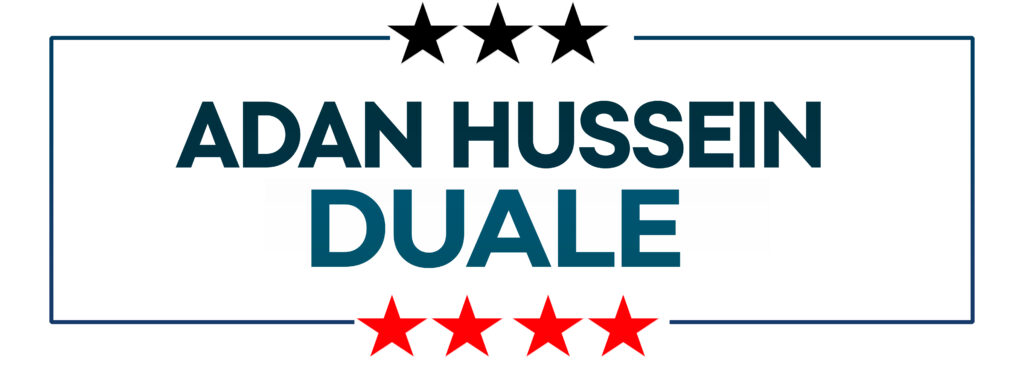
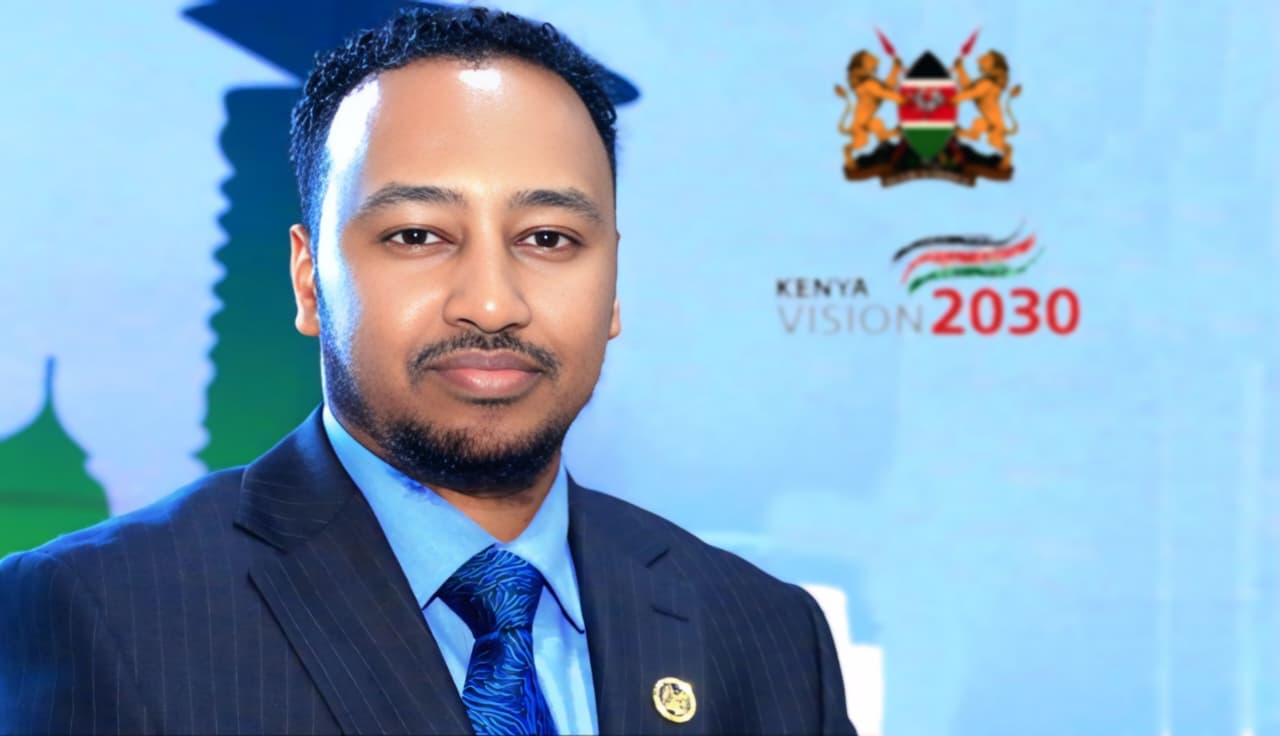

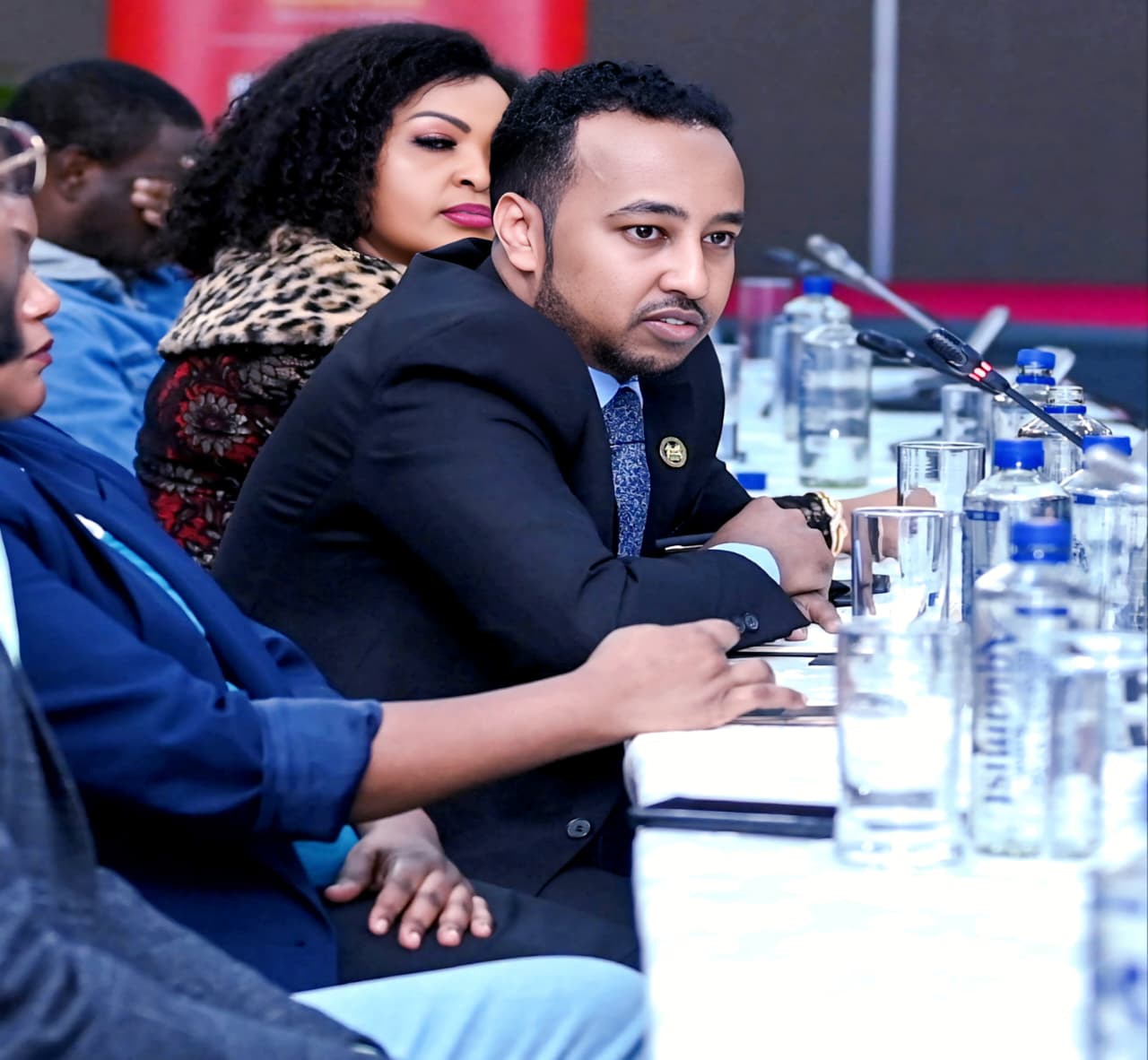
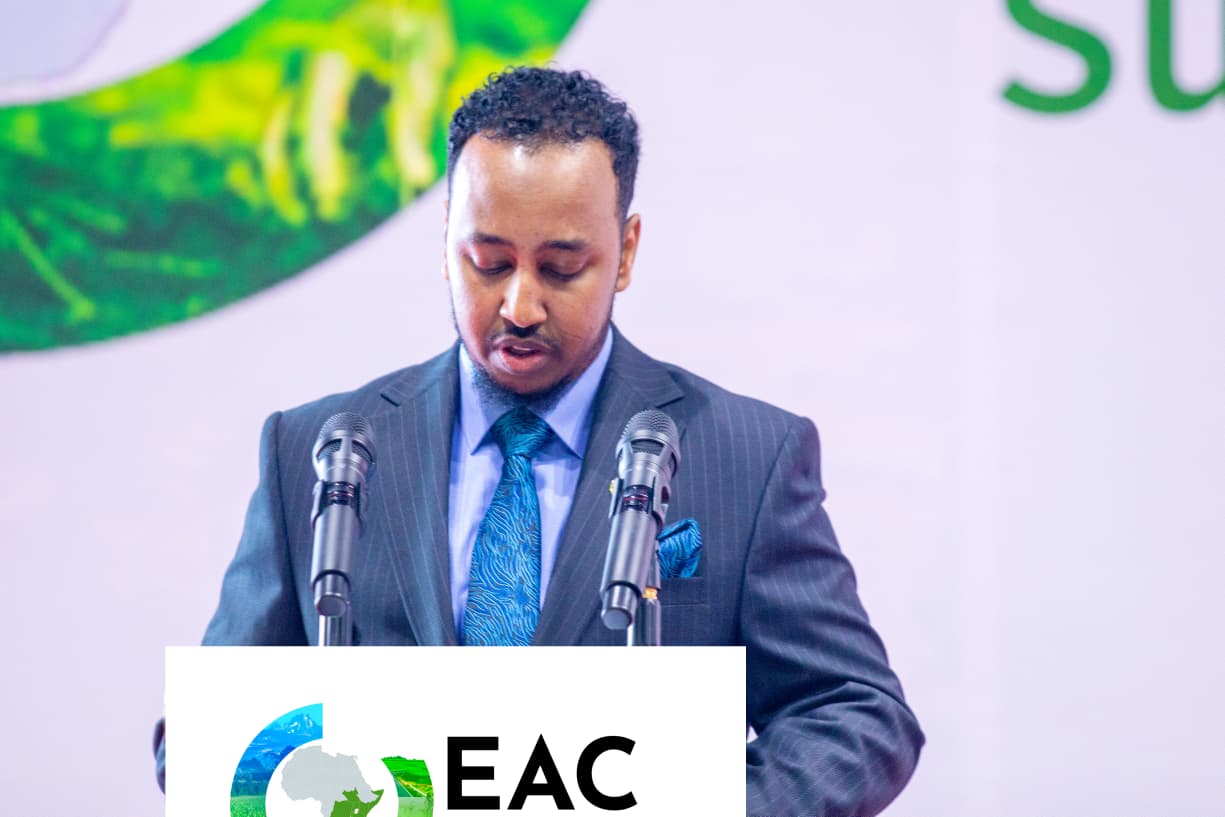
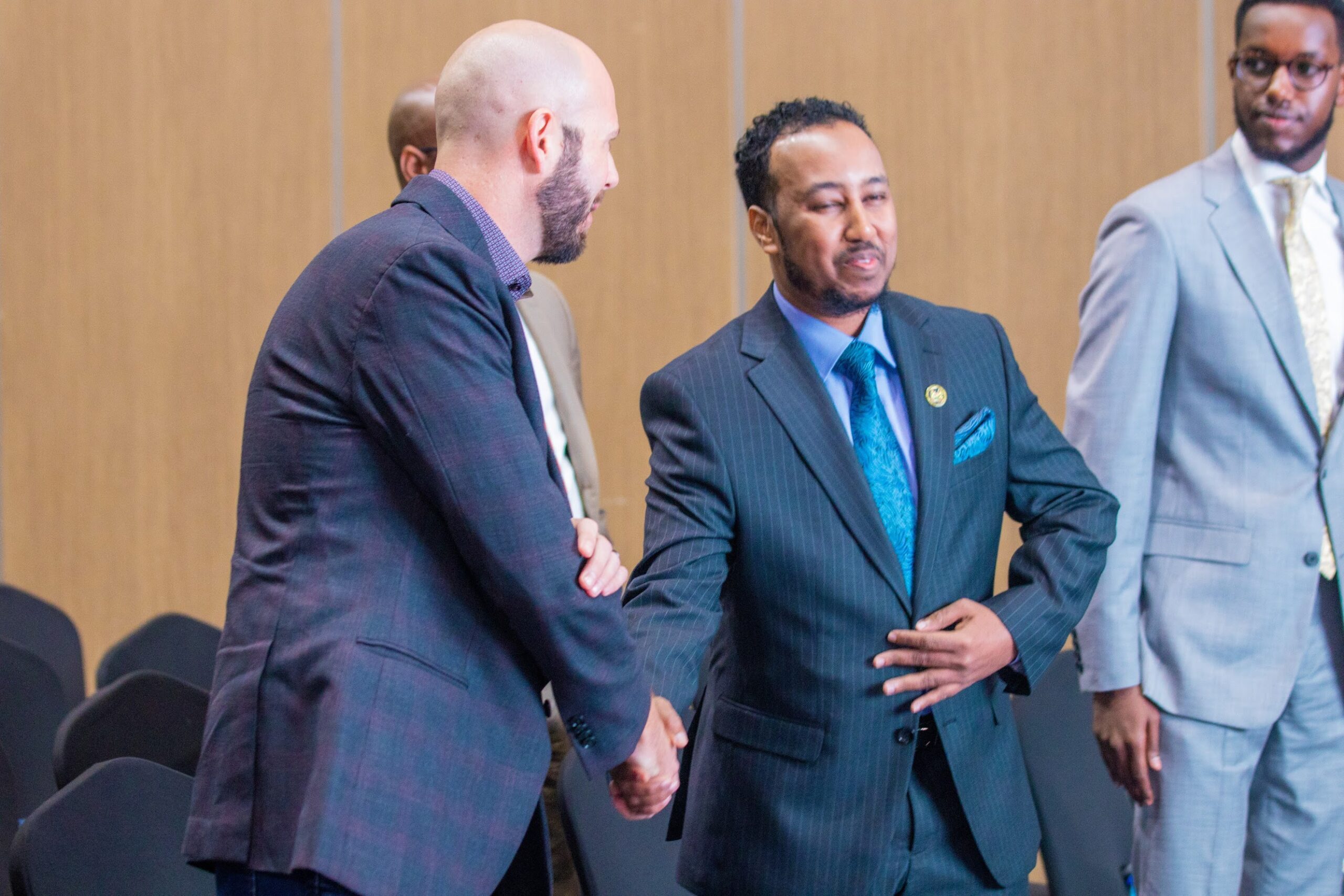
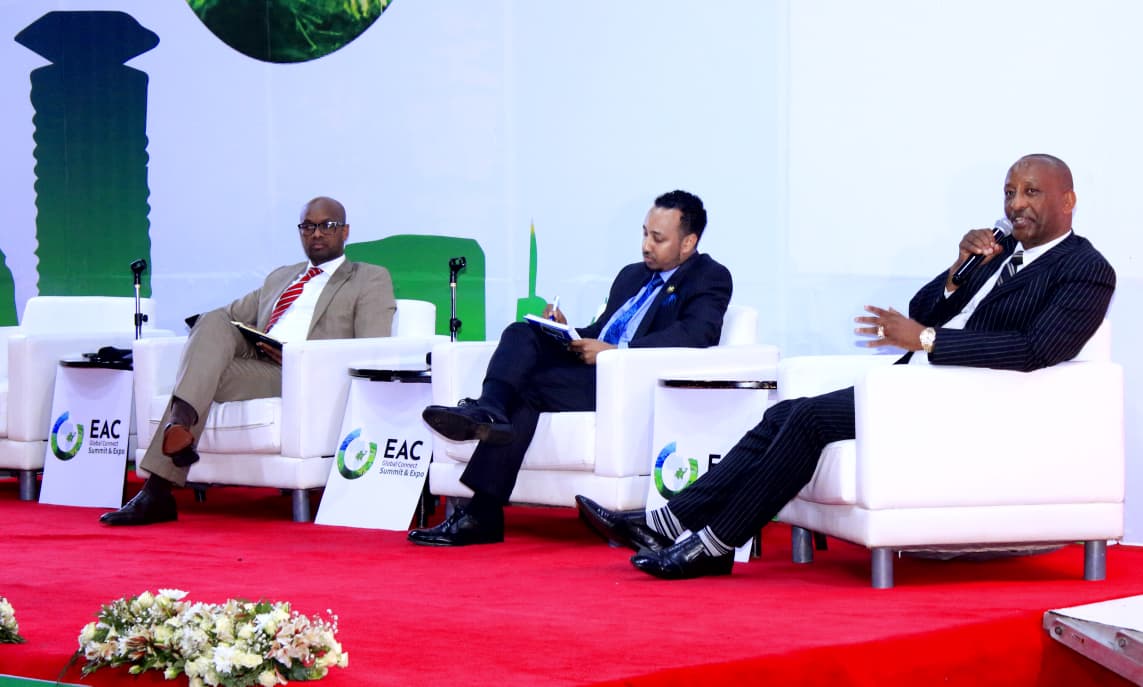
Leave a Reply